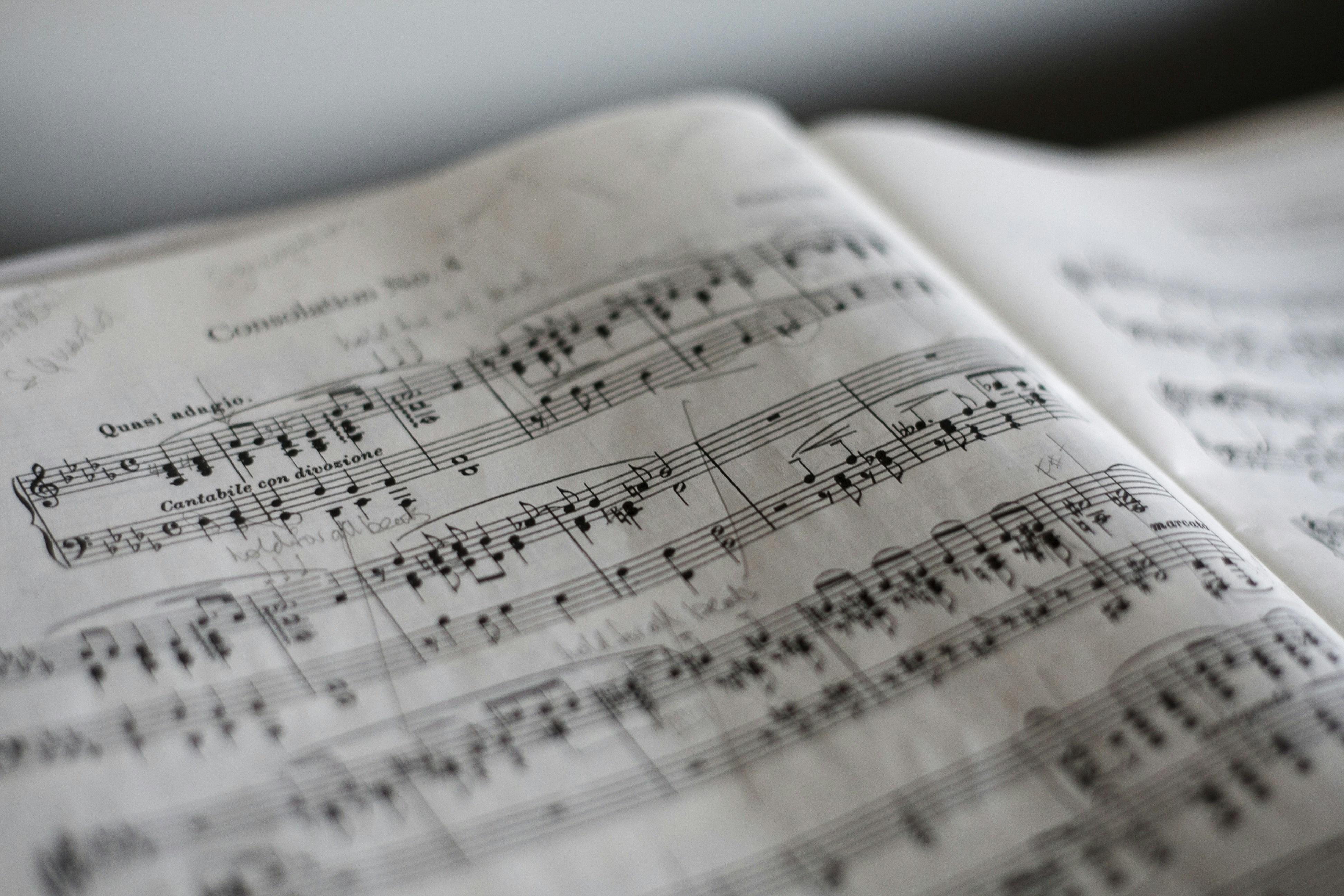In the realm of cinematic and musical artistry, the evaluation of music and soundtracks at major award shows stands as a nuanced and multifaceted process. These auditory components, often the unsung heroes of film and television, play a crucial role in shaping narrative and emotional landscapes. Yet, how they are assessed and honored by prestigious institutions such as the Academy Awards, the Grammy Awards, and the Golden Globes remains a complex tapestry woven from artistic, technical, and subjective threads. This article delves into the criteria and methodologies employed by these award bodies, examining the balance between artistic merit and industry trends, and exploring how these evaluations reflect broader cultural and technological shifts. Through an analytical lens, we aim to unravel the intricate dynamics that influence how music and soundtracks are judged, offering insights into the evolving standards of excellence within the entertainment industry.
Criteria and Standards in Evaluating Music and Soundtracks
When it comes to assessing music and soundtracks at major award shows, a series of specific criteria and standards are applied to ensure that the most deserving pieces are recognized. These evaluations often focus on the following key aspects:
- Originality: The uniqueness of the composition and its ability to introduce fresh and innovative sounds.
- Emotional Impact: The effectiveness with which the music or soundtrack evokes emotions and enhances the storytelling experience.
- Technical Mastery: The skill demonstrated in the composition, arrangement, and production of the music, including sound quality and mixing.
- Integration with Visuals: How well the soundtrack complements and enhances the visual elements of the film or project.
- Cultural Relevance: The ability of the music to resonate with audiences and reflect contemporary or traditional cultural themes.
These standards serve as a framework for judges to measure the artistic and technical achievements of nominees, ensuring that the award recipients have made significant contributions to the field of music and soundtracks.

The Role of Cultural Influence in Award Decisions
In the world of major award shows, cultural influence plays a significant role in shaping how music and soundtracks are judged. This influence can manifest in several ways, from the selection of the judging panel to the criteria used for evaluation. Cultural diversity within the panel often reflects a broader range of perspectives, which can lead to more inclusive and representative decisions. However, it can also introduce biases based on cultural familiarity or preferences, potentially affecting the outcome. The criteria for judging often include aspects like originality, emotional impact, and technical proficiency, yet these are inherently subjective and can be swayed by cultural contexts.
- Genre Preferences: Certain music genres may receive more recognition due to their popularity in specific cultural contexts.
- Historical Influence: The historical significance of a musical piece can impact its evaluation, especially if it resonates with cultural narratives.
- Innovative Techniques: Cultural familiarity with certain musical techniques may lead to varied appreciation levels among judges.
Understanding the impact of cultural influence is crucial for both creators and evaluators. It encourages a balanced approach that values diversity while striving for objectivity. By acknowledging these influences, award shows can aim for a more equitable recognition of artistic achievements, ultimately enriching the global music landscape.
Challenges Faced by Judges in Music Evaluation
Judges in music evaluation at major award shows encounter a multitude of obstacles that complicate their decision-making process. One significant challenge is the subjectivity of musical taste. What resonates with one judge may not have the same impact on another, leading to diverse interpretations of the same piece. This subjectivity is further compounded by the variety of genres and styles that need to be assessed. Judges must possess a comprehensive understanding of different musical forms, from classical symphonies to modern pop hits, to ensure a fair evaluation.
- Technical Expertise vs. Emotional Impact: Balancing the technical proficiency of a composition with its emotional resonance can be difficult. A technically flawless piece may lack the emotive power that another, less polished work might convey.
- Innovative Creativity: Determining the value of innovation in music requires judges to distinguish between groundbreaking creativity and mere novelty.
- Industry Influence: External pressures, such as industry trends and popular opinion, can inadvertently influence judges’ decisions, challenging their ability to remain impartial.

Recommendations for Improving Judging Processes at Award Shows
Enhancing the evaluation process for music and soundtracks at major award shows requires a multifaceted approach. A comprehensive judging panel that includes not only industry professionals but also musicologists and cultural critics can offer a broader perspective on the artistic value and cultural significance of nominated works. Diversity in the judging panel ensures that a wide range of musical genres and styles are fairly represented and understood. Additionally, implementing a transparent scoring system can help demystify the decision-making process for both artists and audiences.
- Incorporate audience feedback: Allowing a segment of the voting to be influenced by audience preferences can democratize the process and reflect popular sentiment.
- Regularly update criteria: Keeping the judging criteria aligned with contemporary music trends ensures relevance and adaptability to evolving artistic expressions.
- Utilize technology: Leveraging AI and data analytics to provide insights into the impact and reach of music can add an objective dimension to the evaluation.
